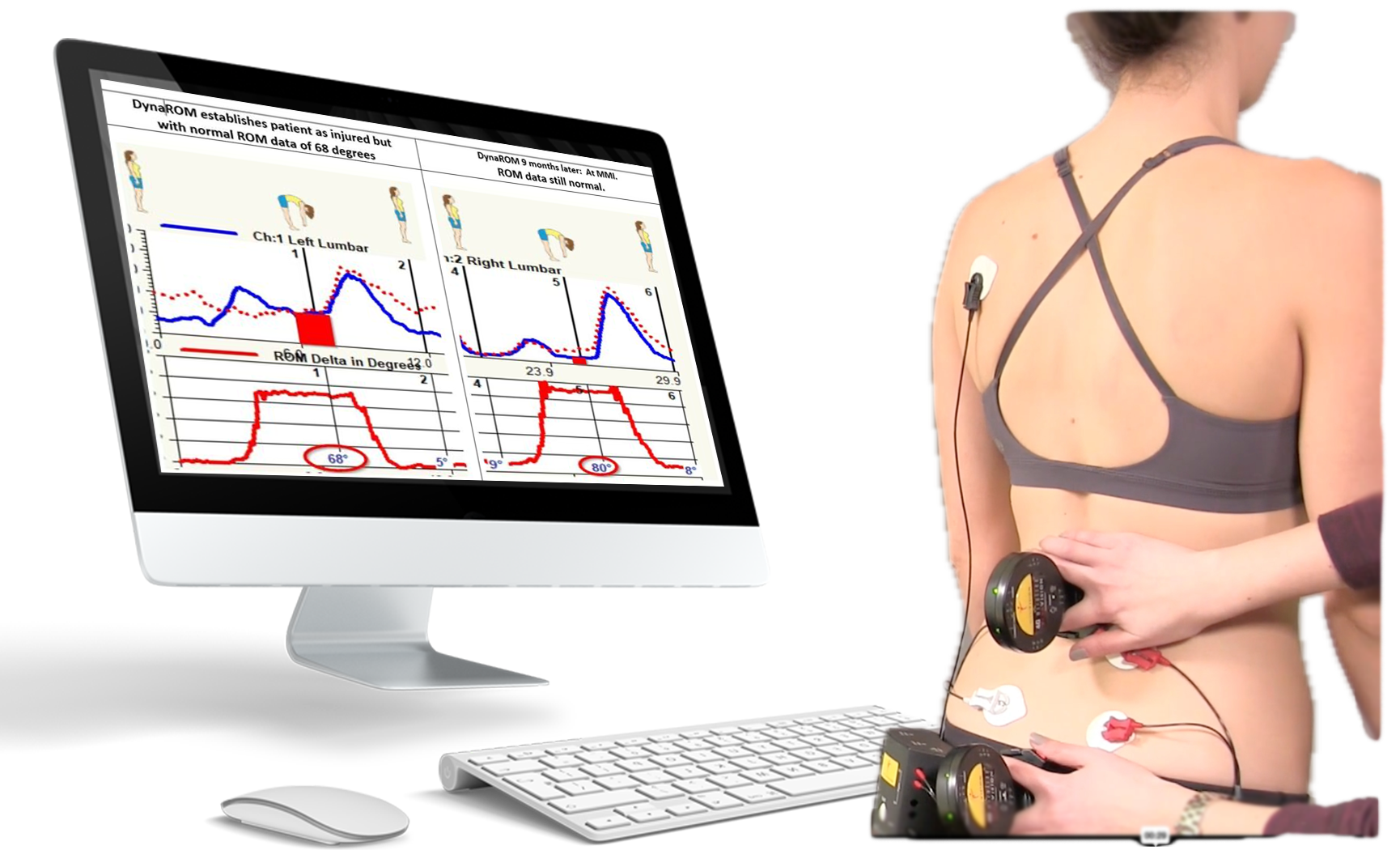Whiplash injuries from car accidents are deceptive. What starts as neck stiffness or a headache can evolve into chronic pain for some patients, while others recover quickly. Research shows that the mechanics of the accident and the initial symptoms play a huge role in determining who faces long-term challenges. For chiropractors treating these patients and personal injury attorneys fighting for fair settlements, understanding—and proving—the permanence of these injuries is critical. That’s where advanced tools like DMX and DynaROM come in, offering the precision needed to uncover hidden damage and secure better outcomes.
How Accident Mechanisms Shape Whiplash Outcomes
Not all accidents are equal when it comes to whiplash. The way a collision happens—whether it’s a rear-end jolt, a side impact, or a multi-directional crash—dictates the forces tearing through the neck. A rear-end collision, for instance, whips the cervical spine into an “S” shape, straining ligaments and joints in ways static X-rays rarely catch. If the head is turned at impact, uneven stress can deepen the damage, leaving soft tissues or nerves compromised. These subtle differences in mechanics often mean the difference between a temporary ache and a permanent injury. Without tools to see beyond the surface, chiropractors and attorneys risk missing the full story.
Initial Findings: Clues to Chronicity
The first signs after an accident are just as telling. Severe pain or headaches right away signal significant trauma, while numbness or dizziness might hint at nerve irritation—both red flags for a tougher recovery. Restricted range of motion or muscle tightness in those early days often points to underlying joint or ligament issues that, if untreated, can solidify into chronic conditions. Studies show that patients with intense initial symptoms are more likely to still be in pain a year later. The challenge? Standard imaging like X-rays or MRIs often overlooks these dynamic injuries, leaving patients and their advocates without the evidence they need.
DMX and DynaROM: The Tools for Permanent Injury Proof
To truly assess the lasting impact of whiplash, you need diagnostics that match the injury’s complexity. That’s where DMX and DynaROM shine:
- DMX (Digital Motion X-ray): Unlike static imaging, DMX captures the spine in motion, revealing ligament laxity, joint instability, or abnormal alignments that emerge during everyday movements. These are the hidden culprits behind persistent pain or disability—issues that accident mechanics like sudden jolts or twists can embed deep in the neck’s structure.
- DynaROM (Dynamic Range of Motion): This tool takes it further by measuring functional limitations with hard data. It tracks muscle guarding and restricted motion, quantifying how the injury impairs the patient’s life. For cases where initial stiffness turns permanent, DynaROM provides the numbers to prove it.
Together, these tools paint a complete picture: DMX shows the structural damage, while DynaROM proves its real-world impact. For chiropractors, this means more accurate diagnoses and treatments. For attorneys, it’s the objective evidence to argue for higher settlements when injuries turn out to be permanent.
Clear DMX: Your Partner in Precision
You don’t need to invest in this technology yourself—Clear DMX brings it to you. We specialize in DMX and DynaROM testing, using CRMA (Computerized Radiographic Mensuration Analysis) to ensure every measurement is spot-on, giving you data that stands up in any setting. Our reports break it all down in plain language for patients, insurance adjusters, and attorneys, explaining the tests, their necessity, and what the results mean for long-term recovery—or lack thereof. By referring your patients to us, you get cutting-edge insights without the hassle, strengthening your practice and your ties with legal partners.
The Bottom Line
Whiplash isn’t just about the accident—it’s about what lingers. Accident mechanics and early findings can set the stage for permanent injury, but proving it takes more than guesswork. DMX and DynaROM cut through the uncertainty, giving chiropractors and attorneys the tools to assess and advocate for lasting damage. Ready to see the difference in your personal injury cases? Contact Clear DMX today to start referring patients and unlock the evidence that changes outcomes.









